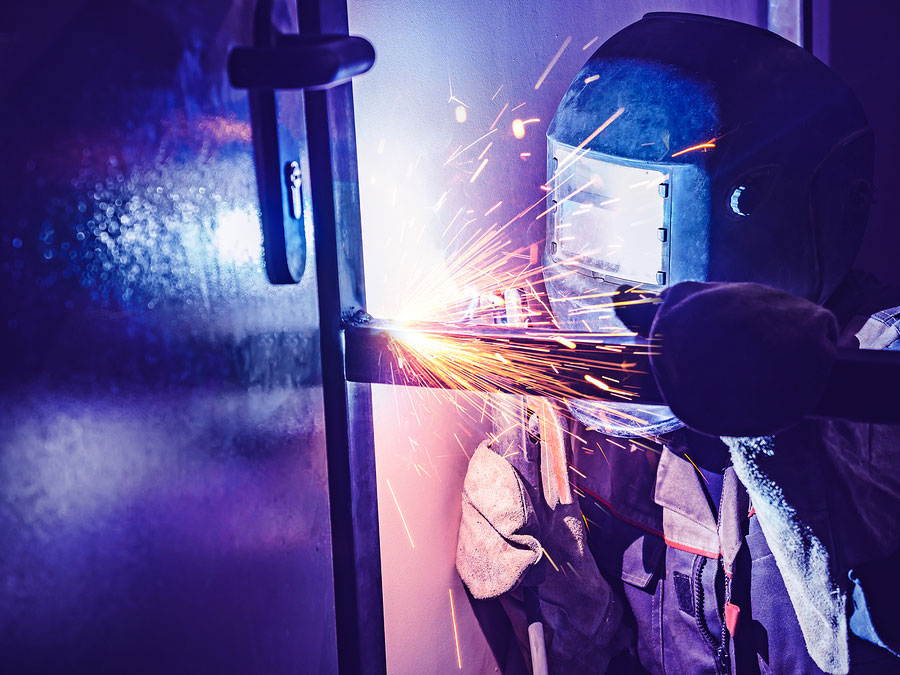Modern metalworking and stamping techniques owe a great deal to the process of welding, which was a forerunner to all the modern metal stamping processes. If you’ve ever wondered about how welding itself originated, continue reading to find out how welding was discovered, and how it has evolved with the passage of time to become the sophisticated technique that it now is. Welding is one of the most important developments in the general area of metalworking and metal fabrication, and it has led to a great many of the modern processes used to shape metal into desired configurations.
The invention of welding
It’s safe to say that some form of welding existed as far back as both the Iron Age and the Bronze Age in human civilizations. There are even clues that suggest the Egyptians had mastered the art of welding iron together during the height of their civilization. Small golden boxes have been discovered from the Egyptian era, which exhibit lap joints which were undoubtedly pressure-welded from as long ago as 2,000 years in the past. This of course, was a somewhat primitive form of welding, and that same form of welding persisted well into the Middle Ages. The technique consisted of hammering two pieces of metal side-by-side, under a specific level of heat, until they became permanently attached to each other. The form of welding which we use commercially in modern times was not perfected until much later, in the middle and later stages of the 19th century.
The inventor of welding
There is no single person in history who can actually be credited with inventing the modern process of welding. Some distinct steps which approached today’s procedure began to be used shortly after 1800, when Sir Humphry Davy created an electric arc by using a battery and two carbon electrodes. By the year 1836, Edmund Davy had discovered acetylene, but it wasn’t until long after that, at around 1881, that the modern process of welding really came into use.
At that time, August de Meritens was experimenting with using arc heat for the purpose of joining together lead plates. One of his students, a Russian named Nikolay Bernardos, perfected and patented a technique for using an electric arc to weld with carbon rods. From that point onward, the process of welding developed rapidly. Nikolai Slavynov discovered a process for using metal electrodes to accomplish welding, and shortly thereafter, C.L. Coffin, who was an American engineer, perfected a process of arc welding which made use of a coated metal electrode, and that became the precursor of modern shielded arc welding.
Changes in modern welding
As you might guess, since the advances of the 19th century, modern welding has made several significant improvements. Accuracy, speed, and effectiveness have all been improved, and we even have robotic welding today, which has computers in control of the process, and which can be much more accurate and efficient than any manual process could ever be. It also eliminates risks, which human workers would be exposed to otherwise, and accomplishes the task much more quickly as well. It is very likely that additional innovations and improvements will be discovered in the future, which will make the welding process an even more valuable procedure than it currently is.
Modern experts of welding and metal stamping
If you should have need of expertise in welding or metal stamping, especially in the area of designing and constructing tools you may need, contact Velocity Metalworks at your convenience. With a powerful metal stamping capacity, EDM capability, and precision machining services, Velocity Metalworks is a company which can deliver full service in all areas of tooling and stamping.

